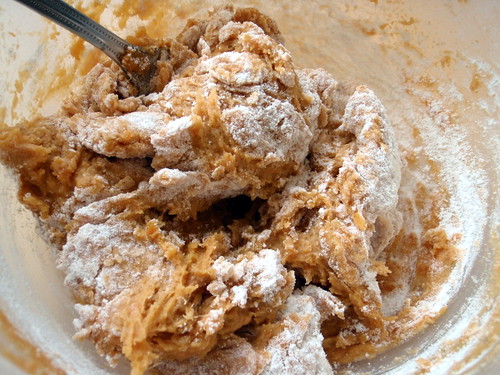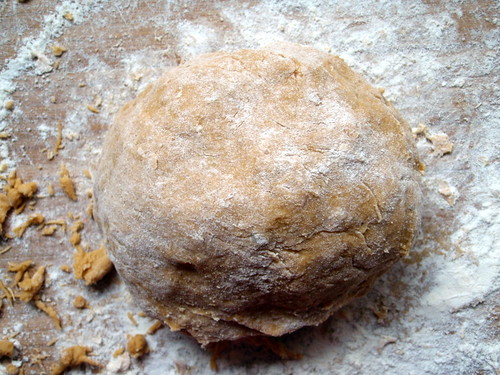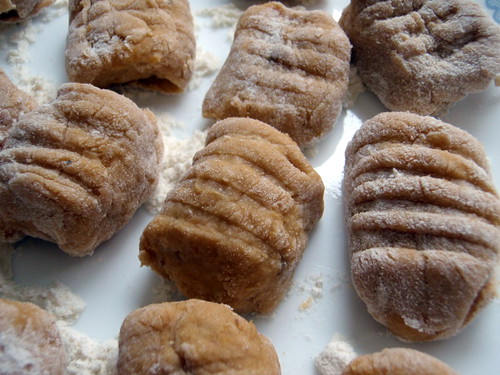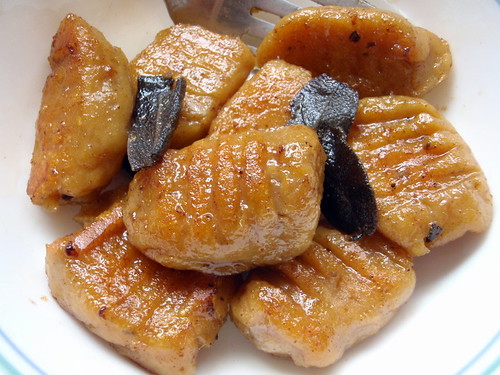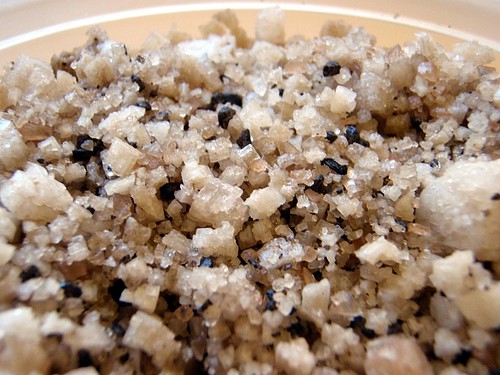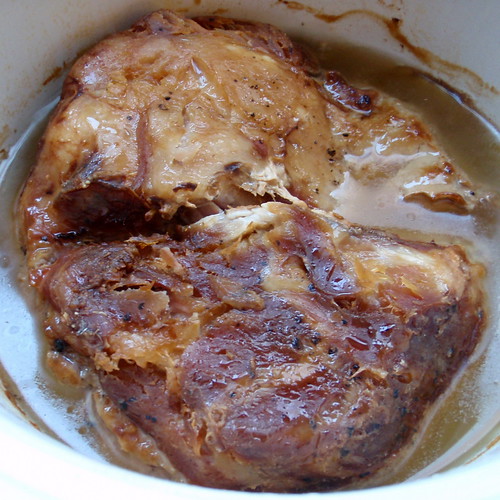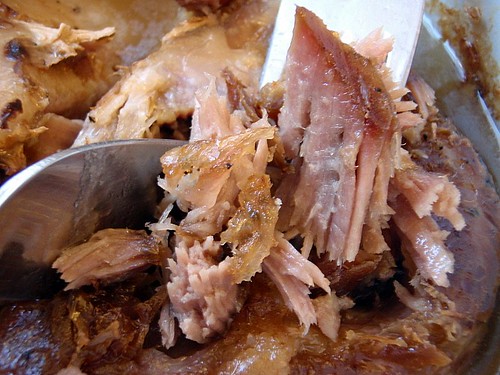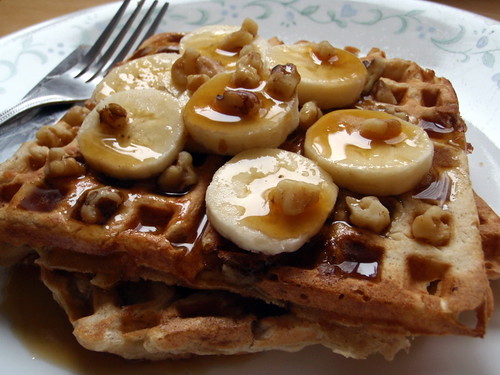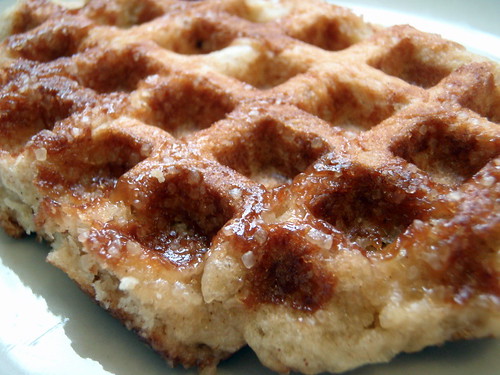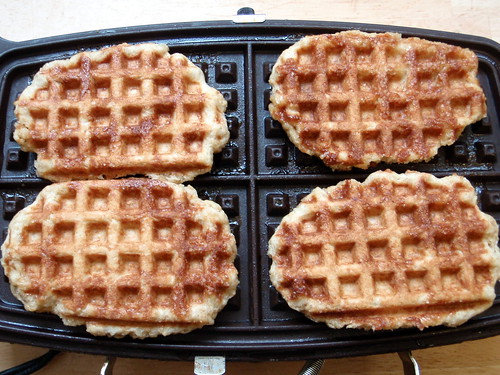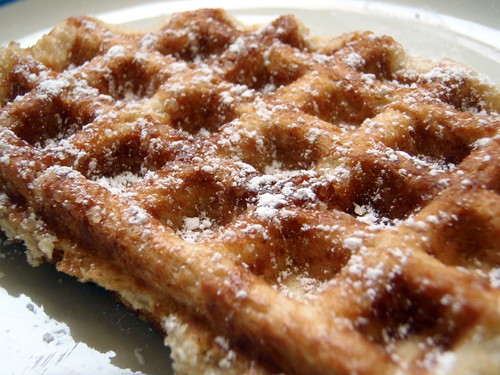Pear Bread (from Smitten Kitchen)
makes 2 loaves or one tube cake
makes 2 loaves or one tube cake
3 cups all-purpose flour
1 teaspoon baking soda
1/4 teaspoon baking powder
1 teaspoon salt
1 tablespoon ground cinnamon
1 cup chopped walnuts (optional)
3/4 cup vegetable oil
3 eggs, lightly beaten
2 cups sugar
2 to 4 pears firm, ripe pears, depending on size (you’ll need 2 grated cups total, but don’t grate them until you are about to use them so that they don’t brown)
2 teaspoons vanilla extract
1 teaspoon baking soda
1/4 teaspoon baking powder
1 teaspoon salt
1 tablespoon ground cinnamon
1 cup chopped walnuts (optional)
3/4 cup vegetable oil
3 eggs, lightly beaten
2 cups sugar
2 to 4 pears firm, ripe pears, depending on size (you’ll need 2 grated cups total, but don’t grate them until you are about to use them so that they don’t brown)
2 teaspoons vanilla extract
Heat your oven to 350°F and lightly grease and flour a 10-inch tube pan or two 9-by-5-inch loaf pans.
Combine the flour, baking soda, baking powder, salt, and cinnamon in a large mixing bowl, and stir with a fork to mix everything well. If you’re using nuts, scoop out about 1/4 cup of the flour mixture and combine it in a small bowl with the chopped walnuts, stirring and tossing to coat the nuts with the flour.
Peel and core pears, then grate them. You’ll want two grated cups total; set them briefly aside. In a medium bowl, combine the butter or oil, eggs, sugar, grated pear, nuts (if using), and vanilla, and stir to mix everything well. Scrape the pear mixture into the flour mixture and stir just until the flour disappears and the batter is evenly moistened.
Quickly scrape the batter into the prepared pans and bake at 350°F for 60 to 70 minutes, or until the bread is handsomely browned and firm on top and a wooden skewer inserted in the center comes out clean.
I ended up not adding the sprinkle of confectioner's sugar or glaze that Deb suggests because it was sweet enough as is. It's also pretty crumbly, so I didn't want to have to deal with another potential factor for messiness. I think if I were to make this again, I might add some chocolate chips to it (giving them the same flour coating treatment as the nuts so that they don't sink). Deb says in her post that the bread got better day after day. I'm not sure if I'd agree, although it certainly doesn't get worse. I'd say that it remains a good, homey slice of comfort. And if I wanted to be super decadent, I'd toast this and spread some honey butter on top.
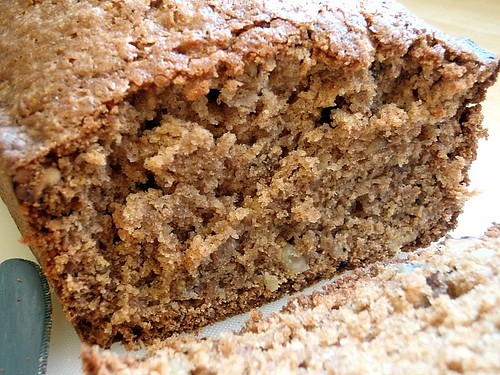
Edited to Add (on 1/26/10): I take back what I said about this bread not getting better. I just had some for breakfast 3 days after I baked it, and I don't know what happened between yesterday and today, but it is definitely better today. It seems like the baking soda and salt are standing out a bit more leaving this tang on my tongue that demands more pear bread. I can't stop eating it!
One year ago: Luo Buo Gao (Chinese Turnip Cake)
One year ago: Luo Buo Gao (Chinese Turnip Cake)



